Basic Games

Build your number power…...
grow your numiknow®!
Discover the heart of numiknow® through 38 exciting domino-based games that turn maths into play! These Basic Games help learners explore numbers, patterns, and operations while developing true mathematical proficiency — from counting and comparing to solving real-world problems. Each game builds confidence, speed, and understanding in a fun, hands-on way. Whether in class, at home, or in a club, learners play, think, and grow their numiknow® every move.
Games
| Icon | Description | Example | Answer | Concept | |
|---|---|---|---|---|---|
|
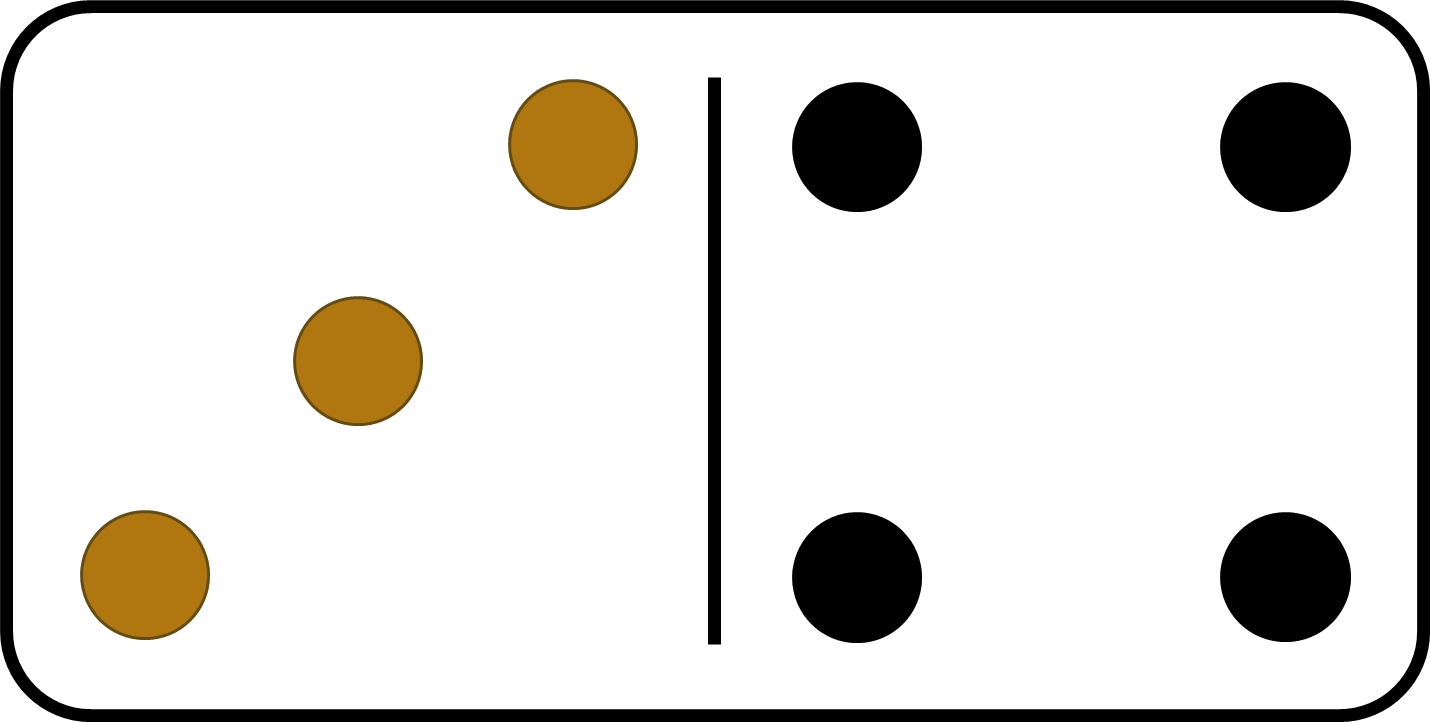 |
7 |
Addition |
||
|
 |
2 unit2 |
Surface area |
||
|
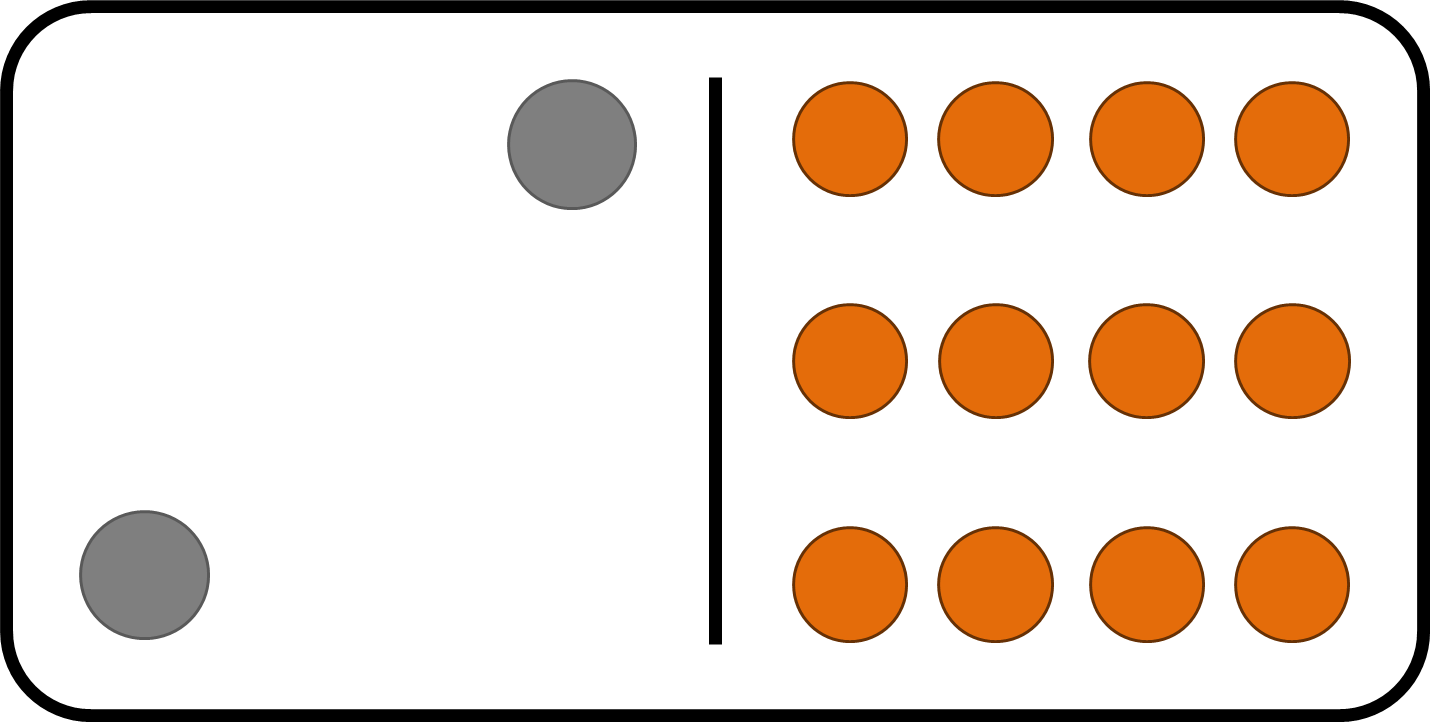 |
No |
Bigger than |
||
|
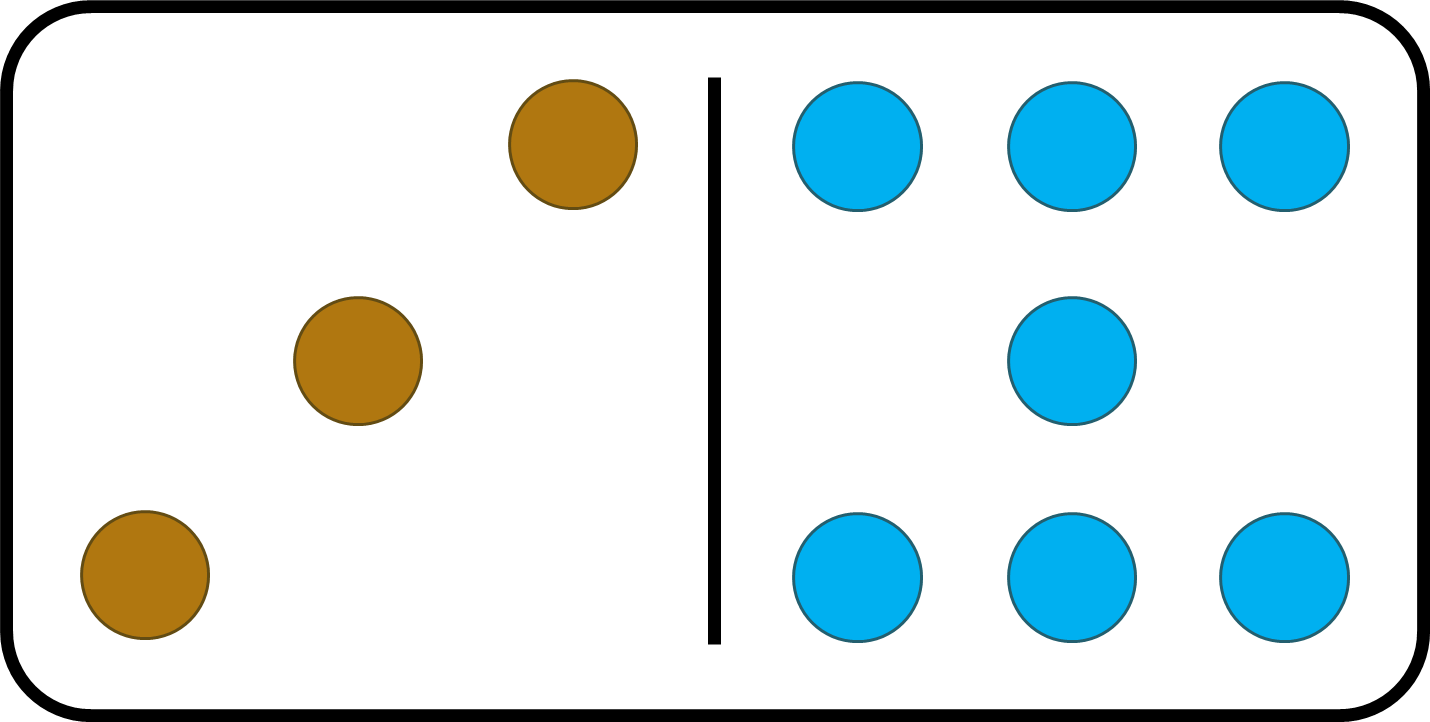 |
No |
Bigger or equal to |
||
|
 |
Problem-solving |
|||
|
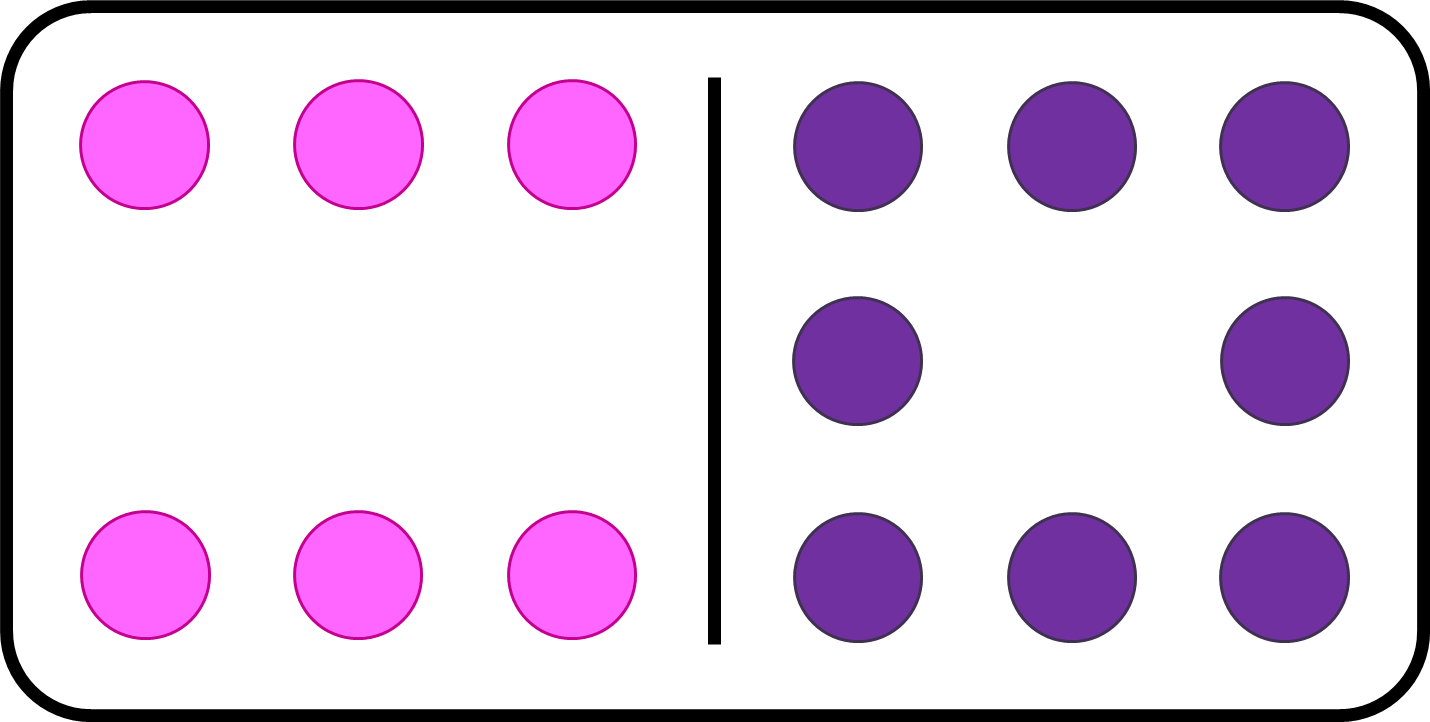 |
(6, 8) |
Coordinates of a point |
||
|
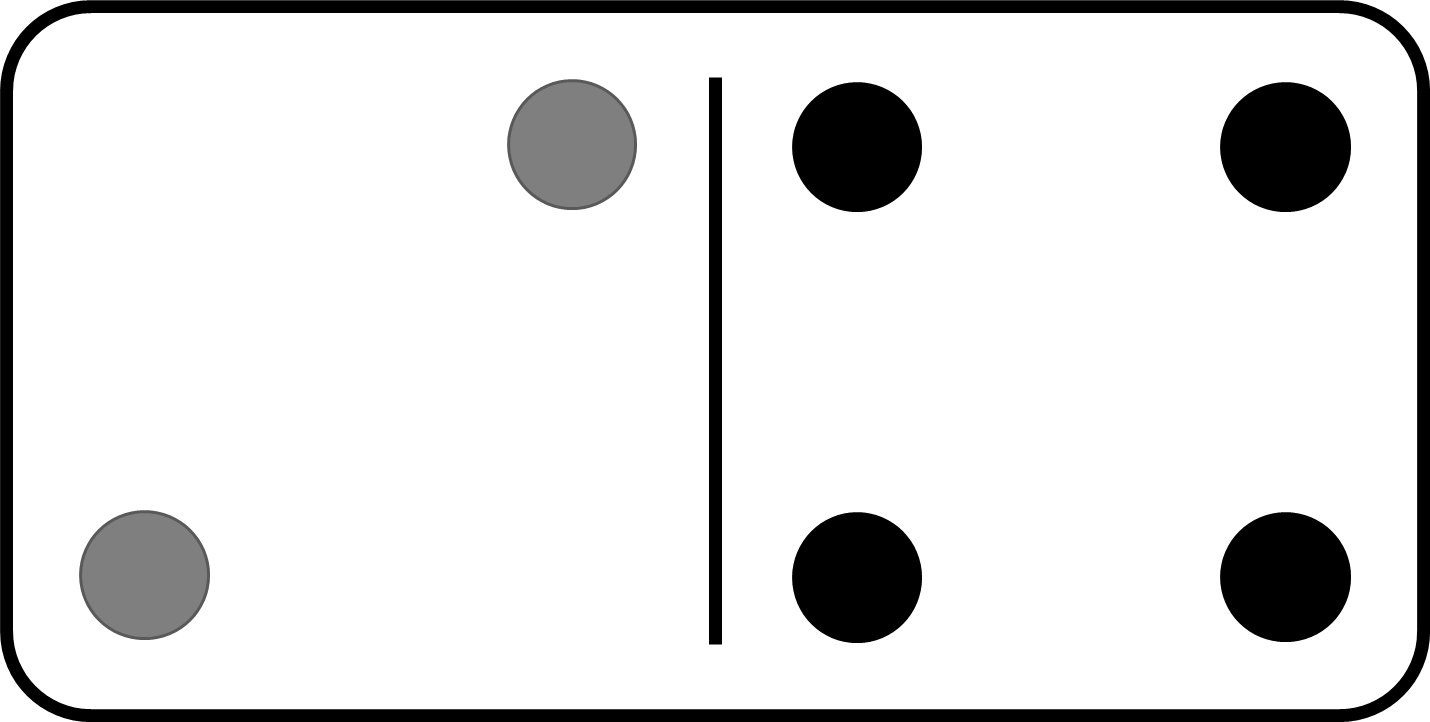 |
Twenty-four and 5: 29, 34, 39, 44, 49, 54, 59, 64. |
Counting |
||
|
 |
0.5 |
Division |
||
|
 |
4 and 7 D9N: 47 |
Number of dots |
||
|
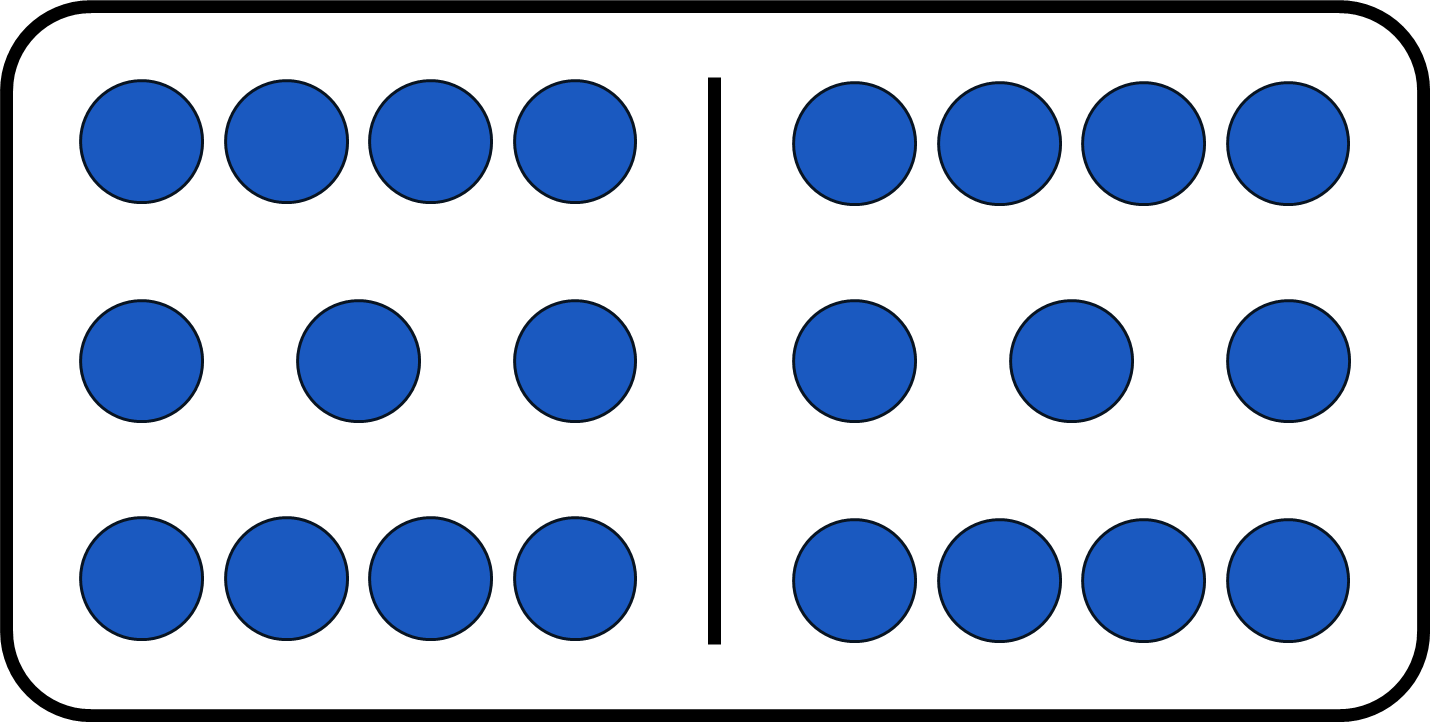 |
Yes |
Equal to |
||
|
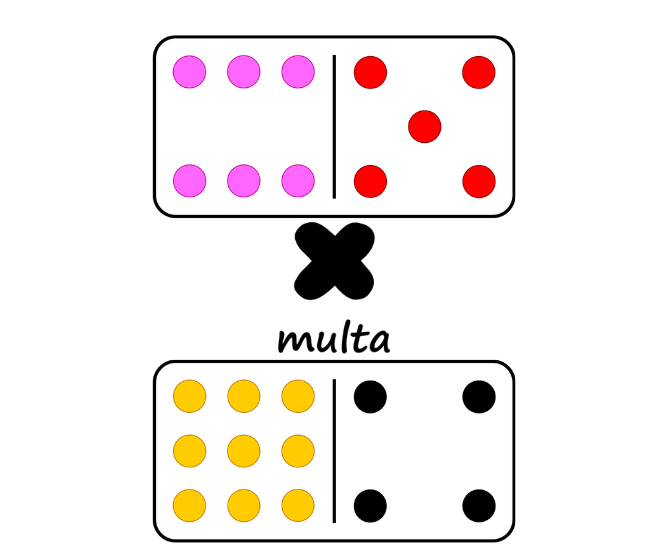 |
90%-110% 2780 (2744) |
Estimation |
||
|
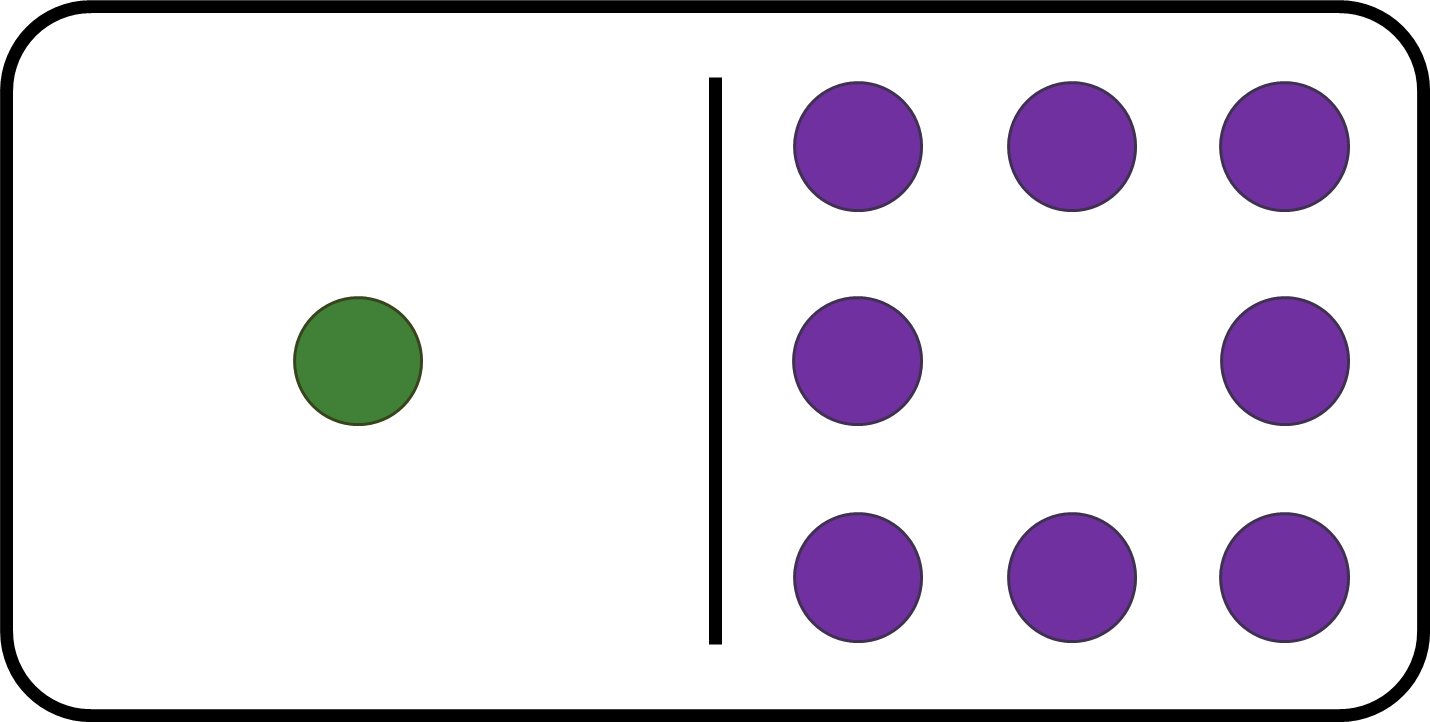 |
8 even 18 even |
Even Numbers |
||
|
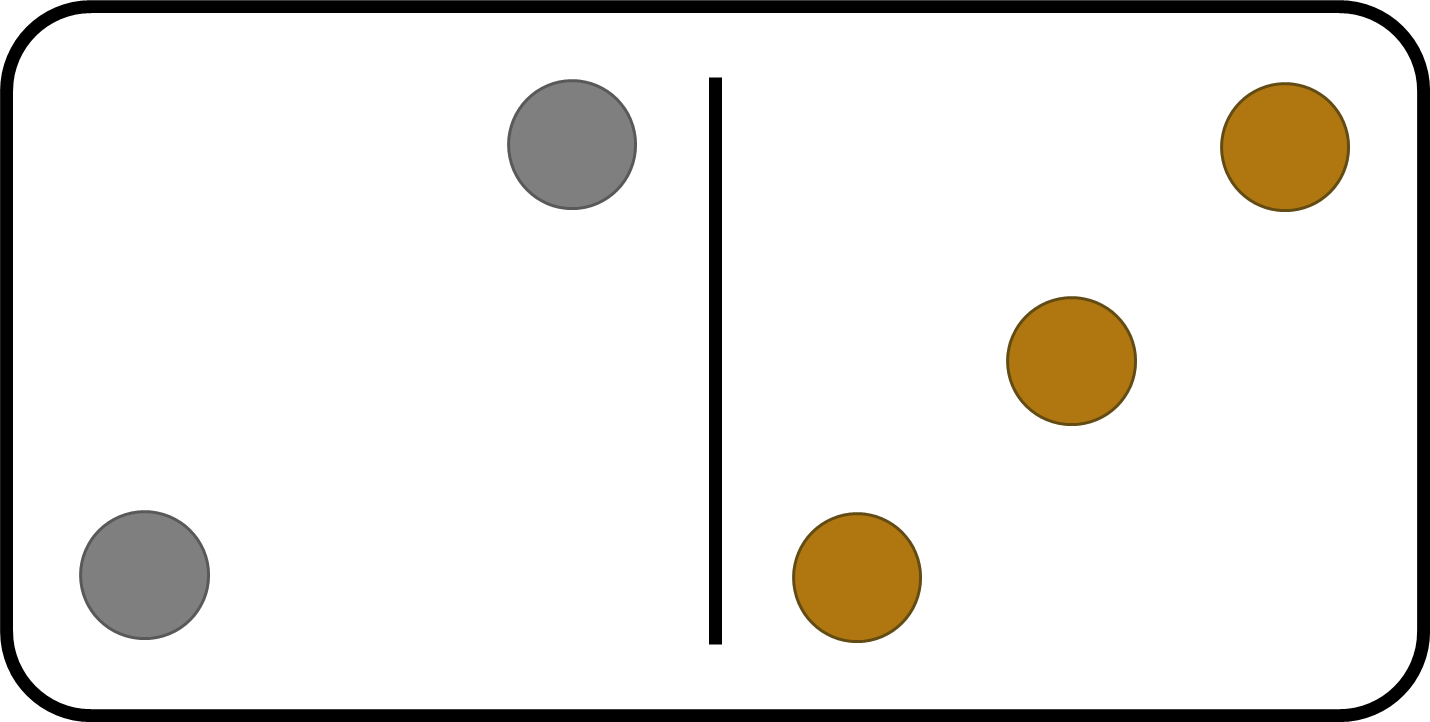 |
23=2x2x2=8 |
Exponents |
||
|
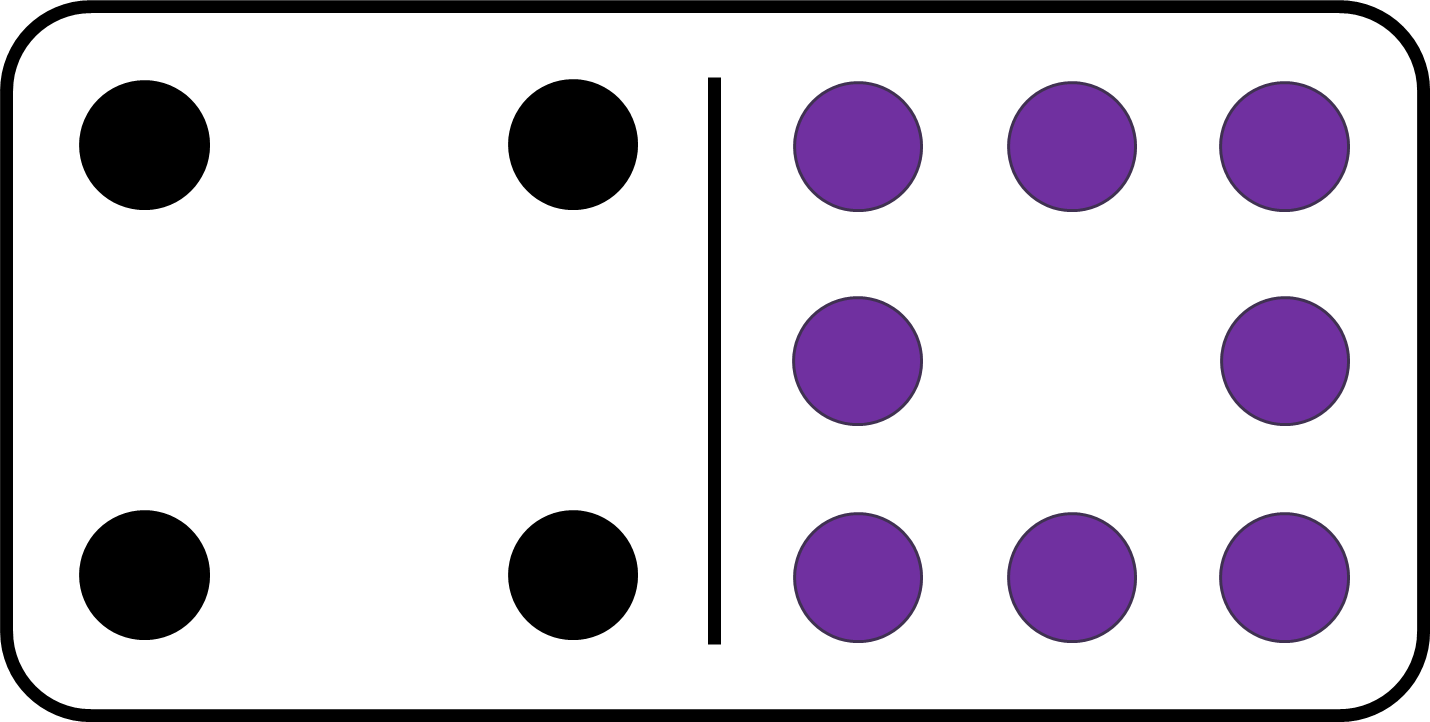 |
1, 2, 3, 4, 6, 8, 12, 16, 24, and 48 |
Factors |
||
|
 |
3/4 |
Fractions |
||
|
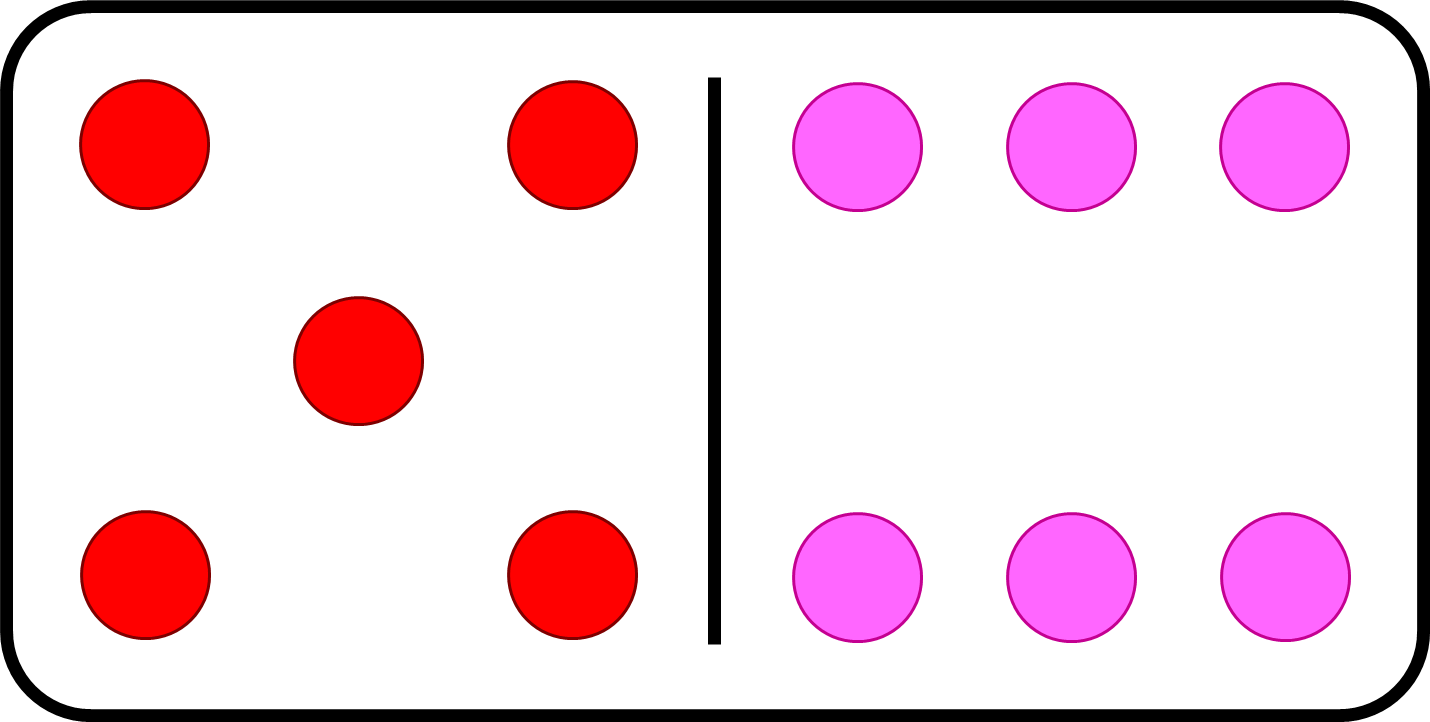 |
-1 |
Subtraction |
||
|
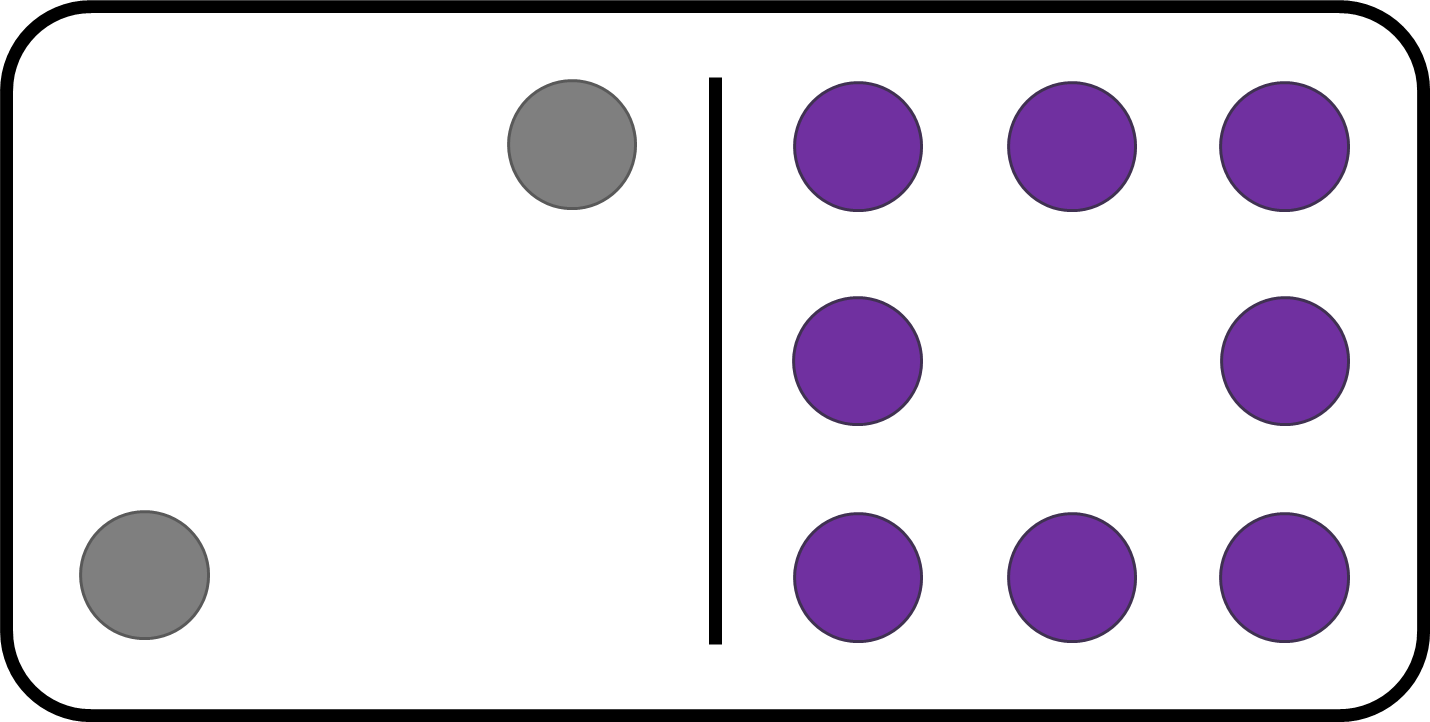 |
16 |
Multiplication |
||
|
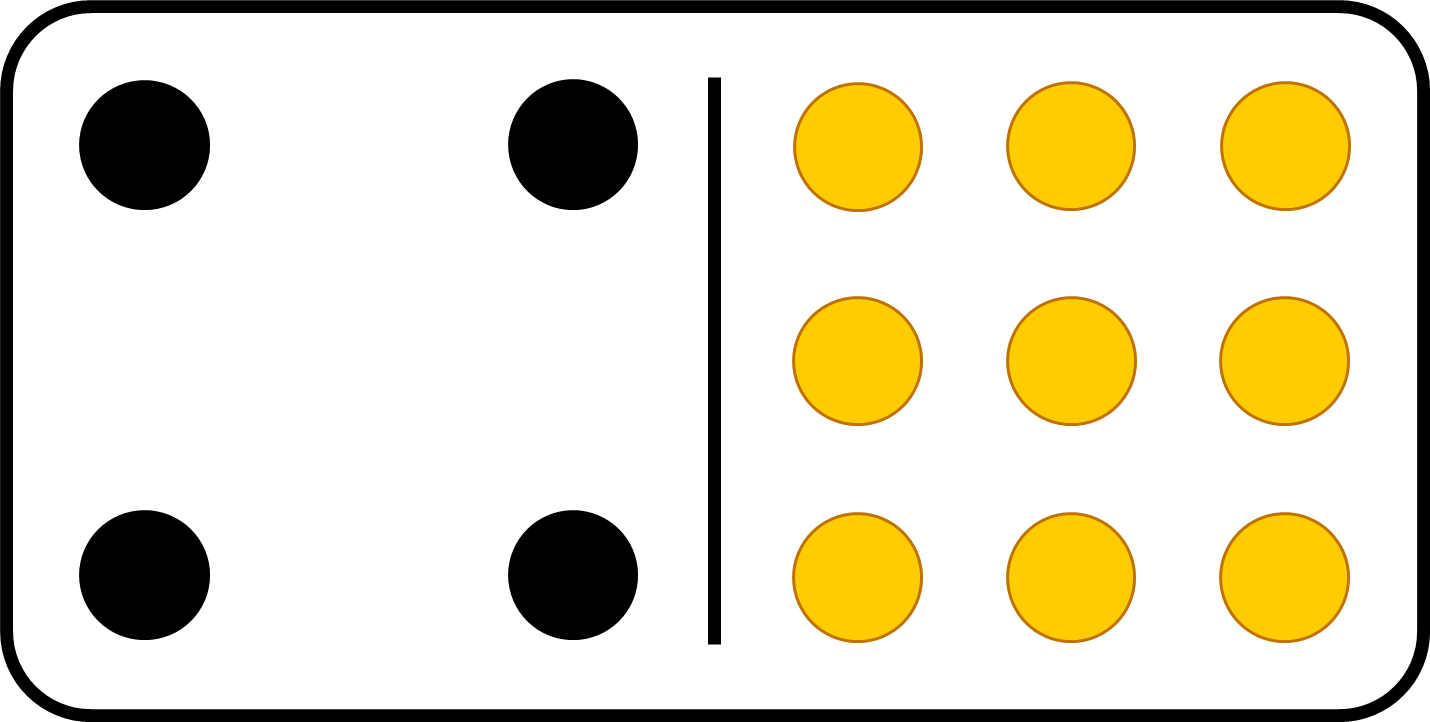 |
-49 |
Negative numbers |
||
|
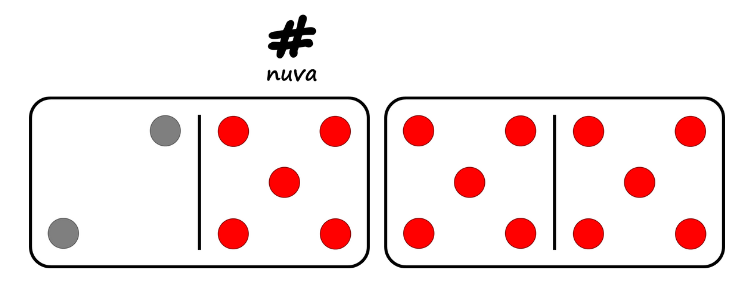 |
500 |
Number value |
||
|
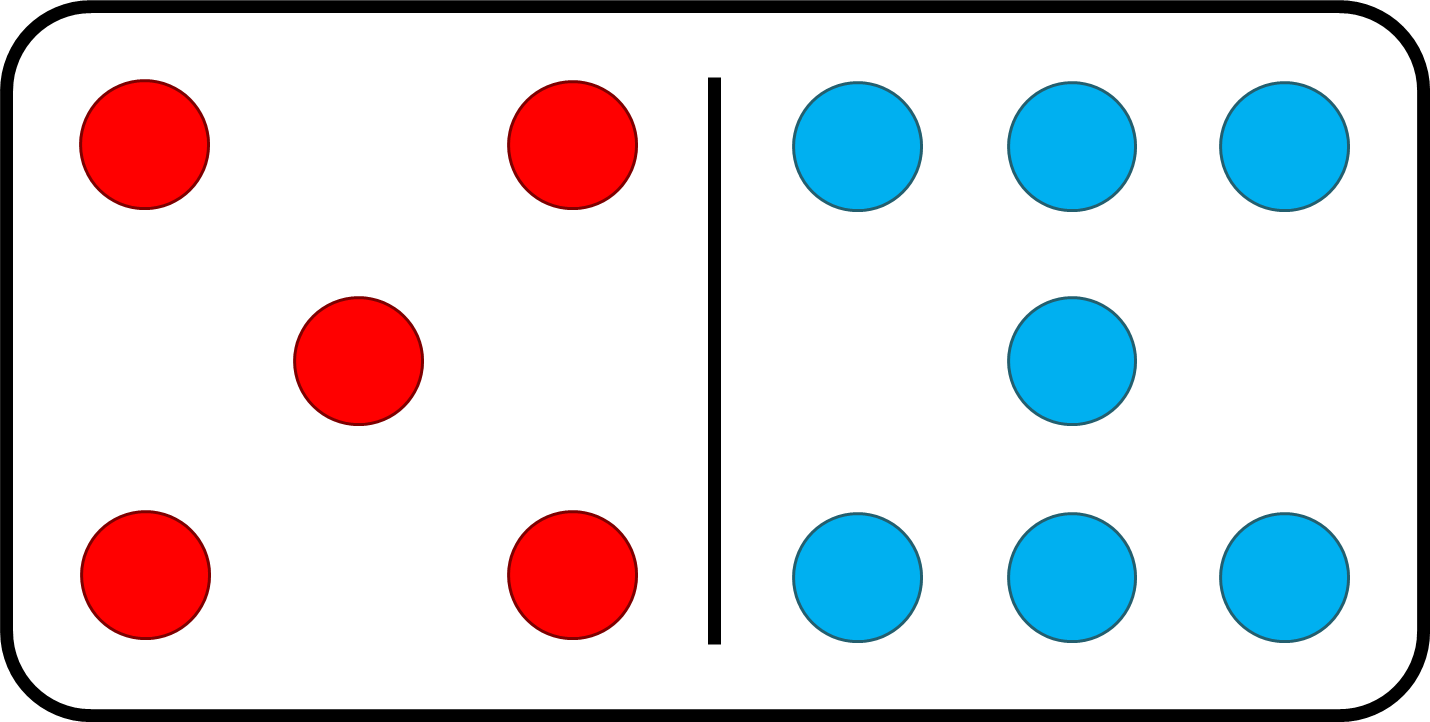 |
5 odd 7 odd 57 odd |
Odd numbers |
||
|
 |
Order of operations |
|||
|
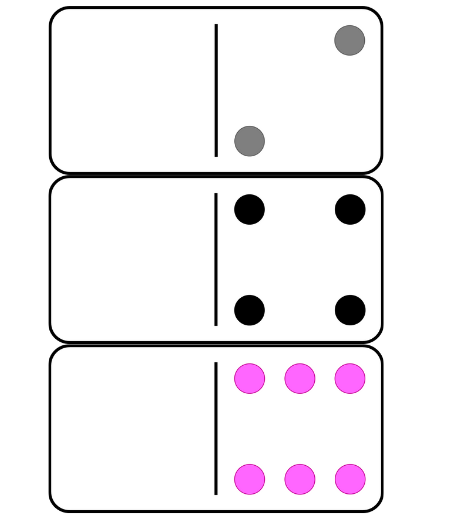 |
2(+2)4(+2) 6 |
Patterns |
||
|
 |
75% |
Percentage |
||
|
 |
12 units |
Perimeter |
||
|
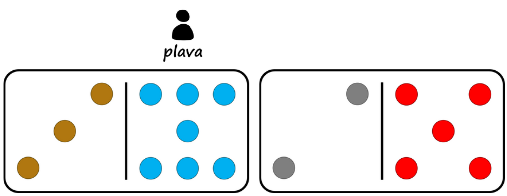 |
100 |
Place value |
||
|
 |
+18 |
Positive numbers |
||
|
 |
2 prime 3 prime 23 prime |
Prime numbers |
||
|
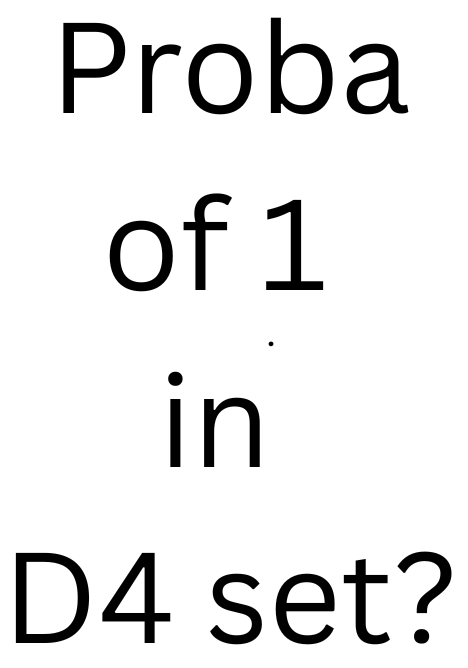 |
5/25=20% |
Probability |
||
|
 |
Three thousand, three hundred and thirty-four |
Pronunciation |
||
|
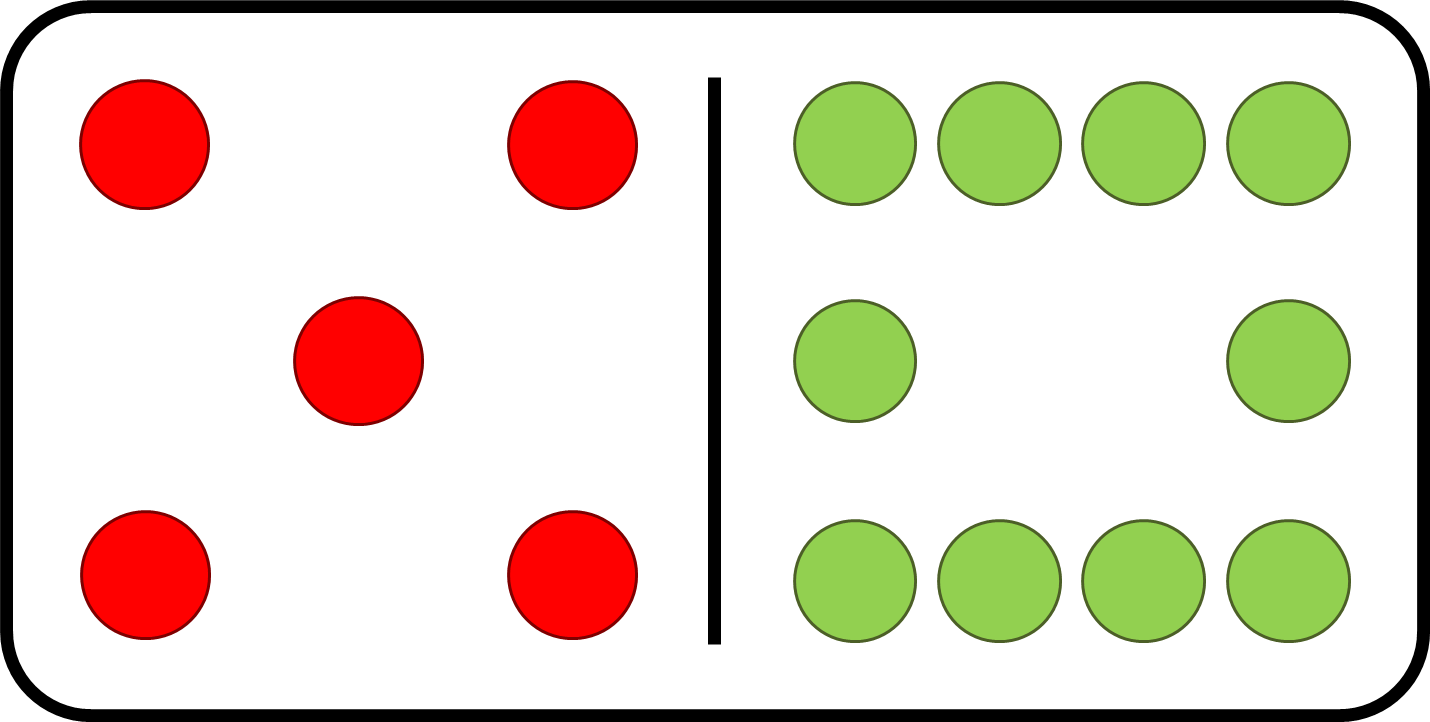 |
1:2 |
Ratios |
||
|
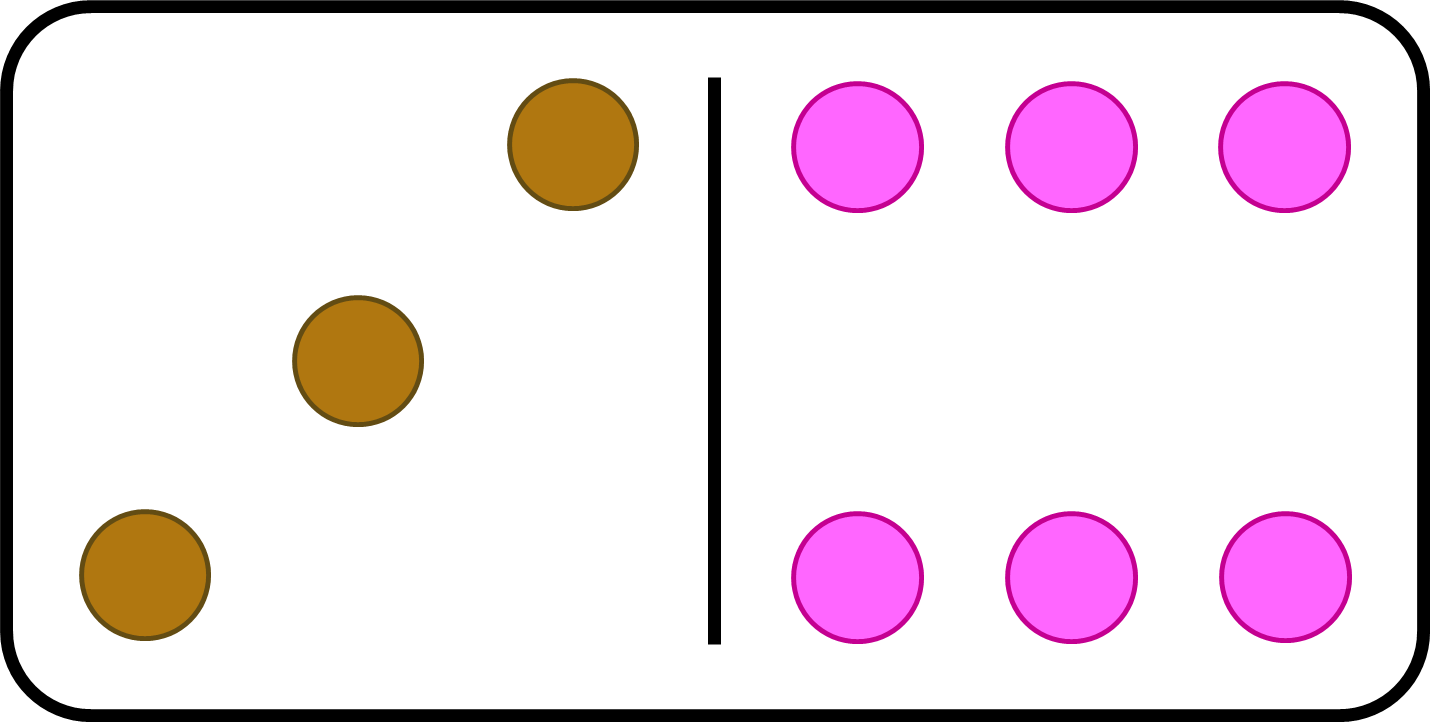 |
6 |
Roots |
||
|
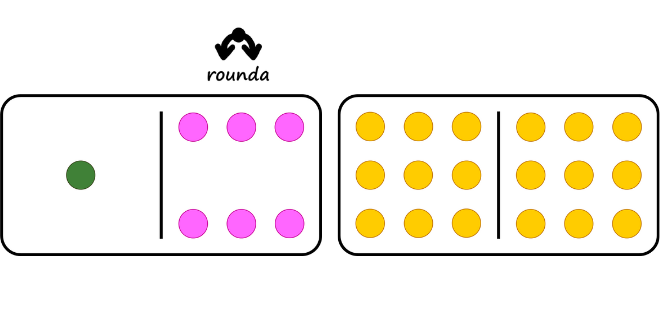 |
1 700 |
Rounding |
||
|
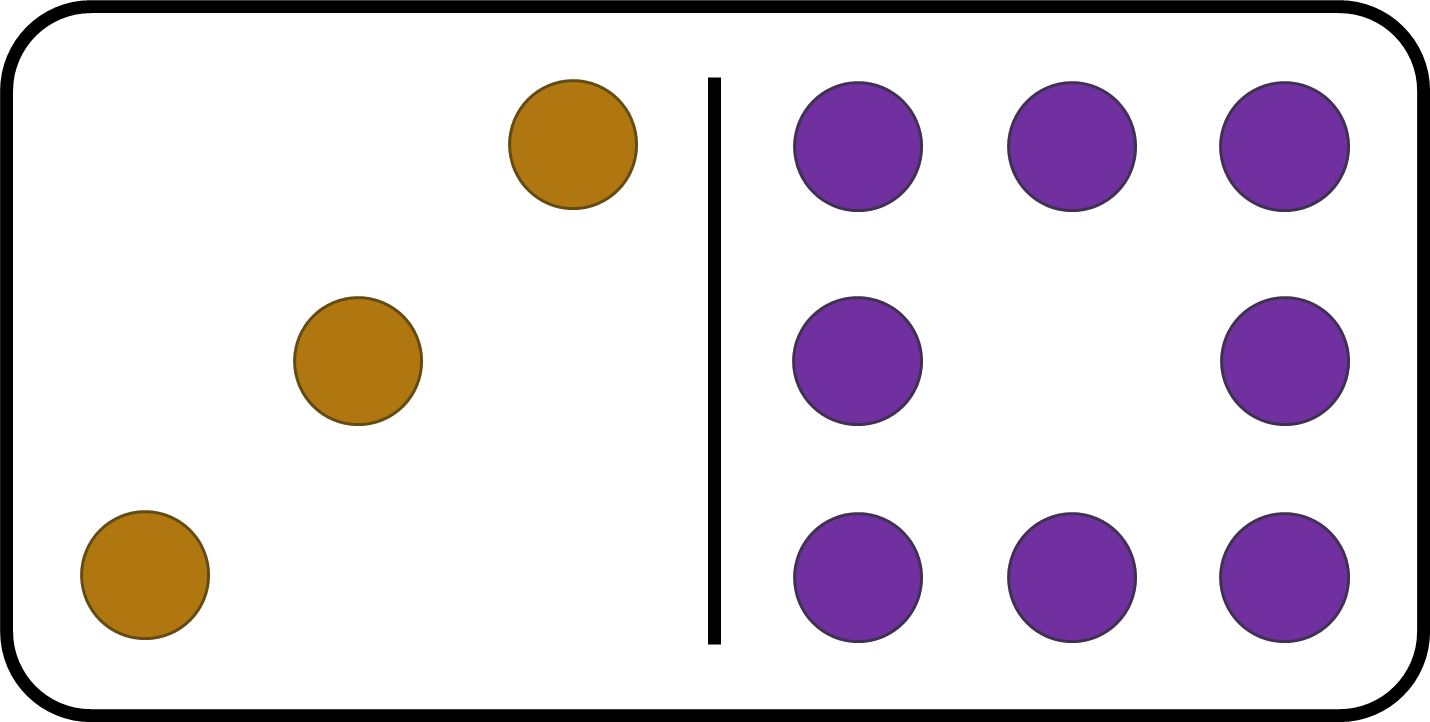 |
Yes |
Smaller than |
||
|
 |
Yes |
Smaller or equal to |
||
|
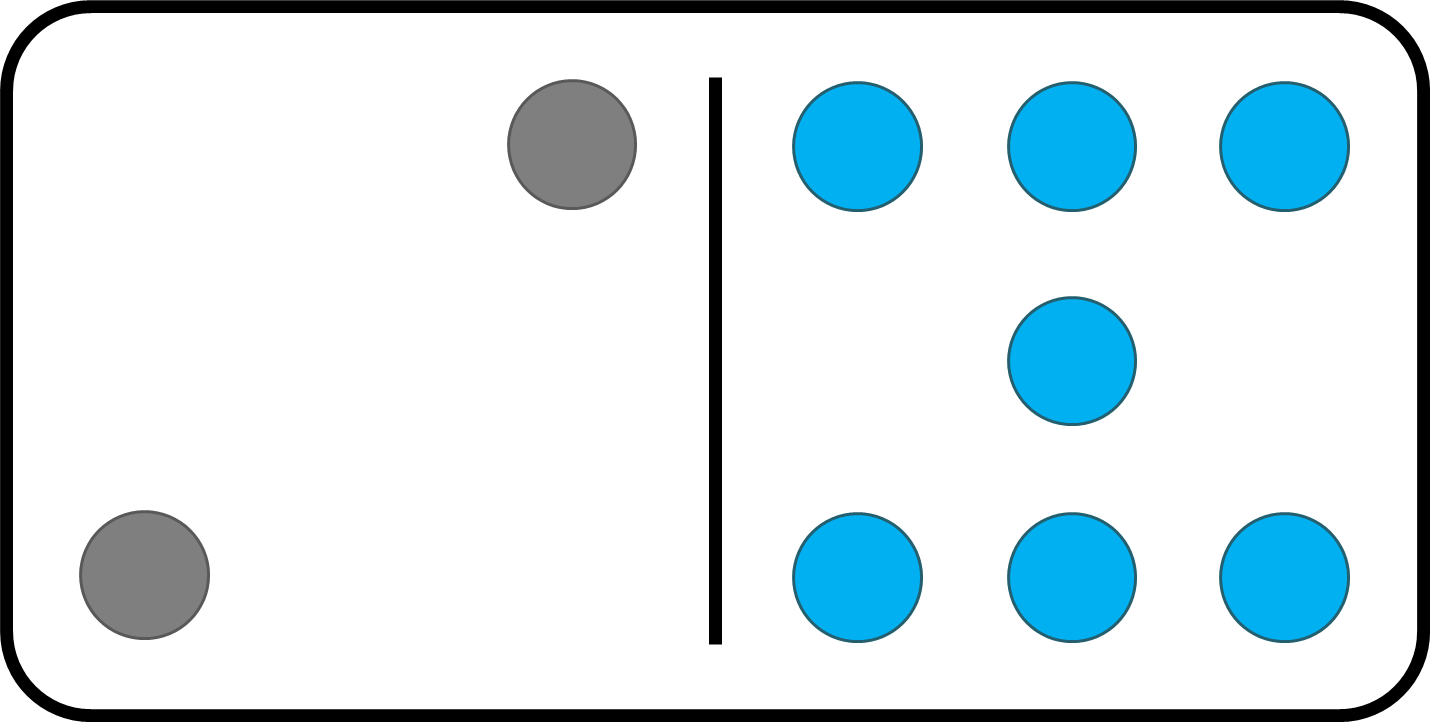 |
02:35 or 14:35 25 to 3 |
Time |
||
|
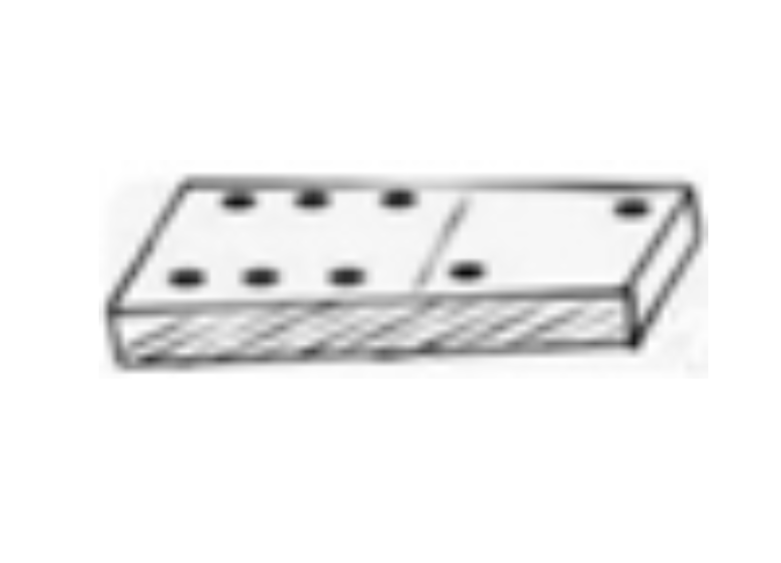 |
2x1x1/3=2/3 cubic units or 2/3unit3 |
Volume |
||
|
 |
4 |
Independant variables |
||
|
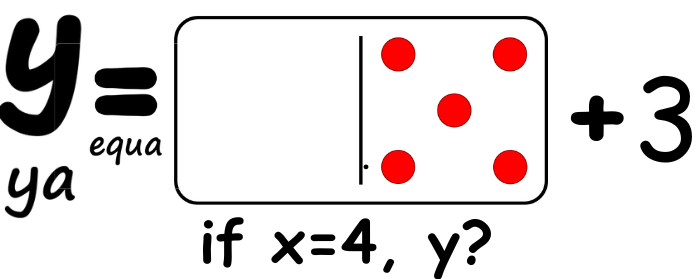 |
3 |
Dependant variable |
